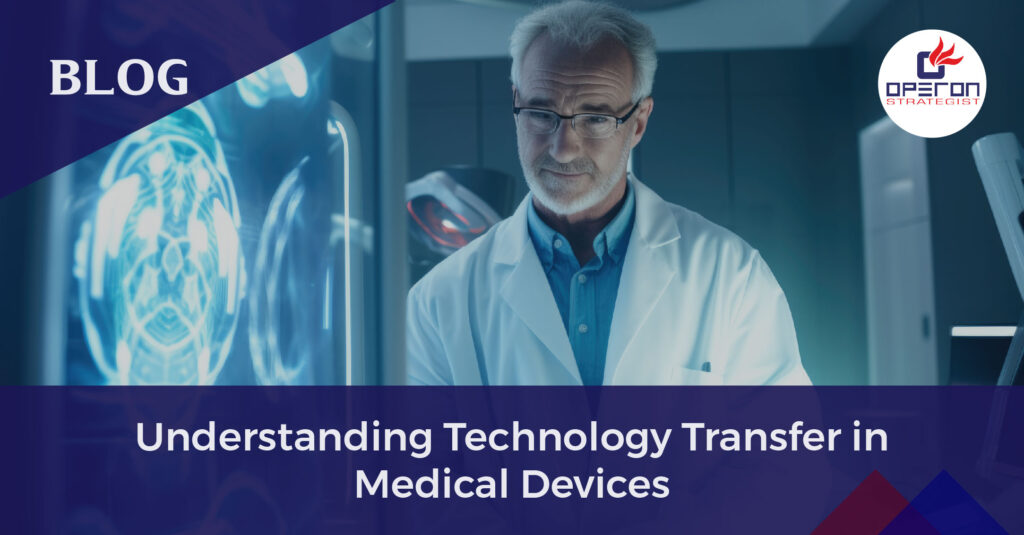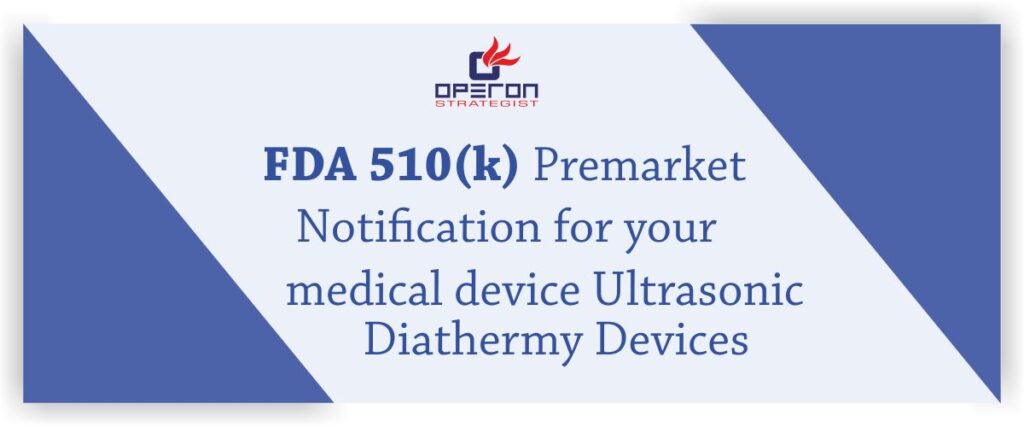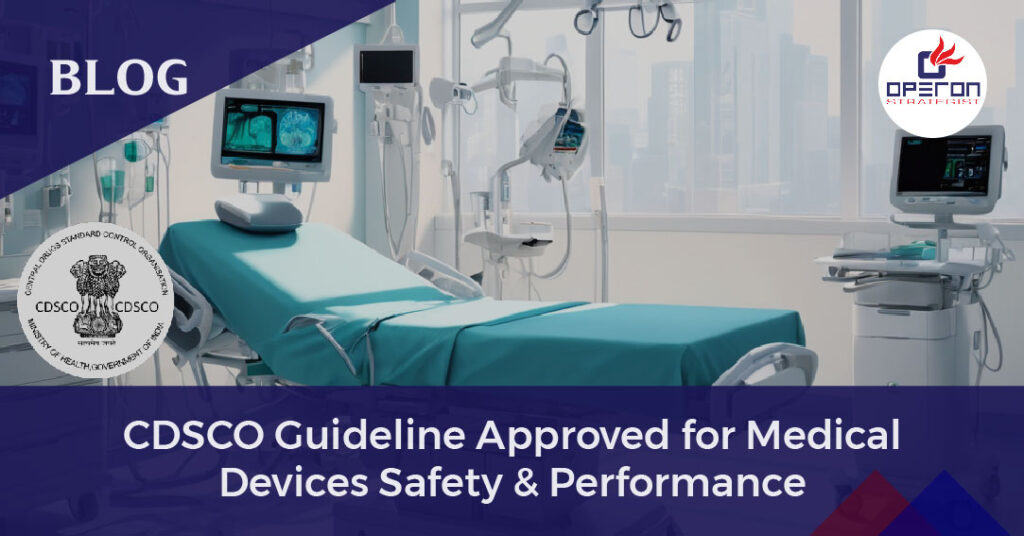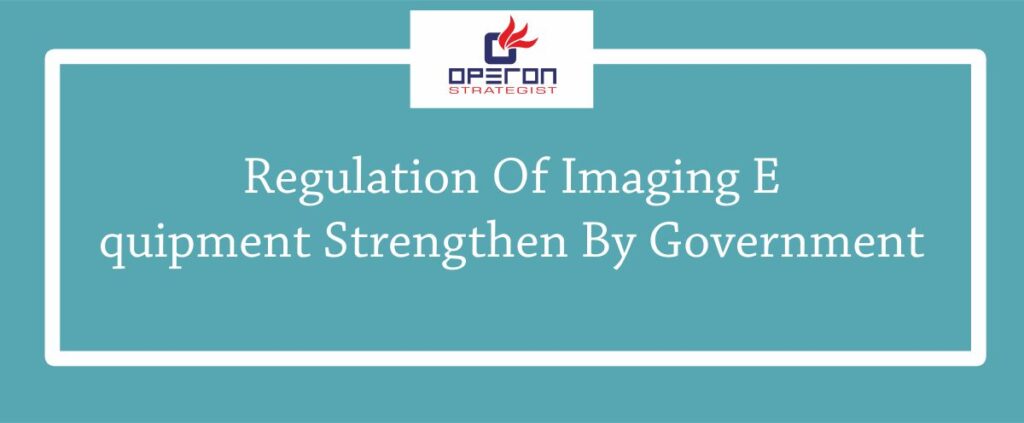Technology Transfer in Medical Devices
Technology transfer in medical devices encompasses the transfer of various elements, including intellectual property, design specifications, manufacturing processes, and regulatory documentation. It enables the translation of research breakthroughs and innovations into commercially viable products that can benefit patients worldwide.
The process typically involves collaboration between academic institutions, research organizations, medical device manufacturers, regulatory bodies, and other stakeholders. It begins with identifying promising technologies or inventions with commercial potential and progresses through stages such as research and development, prototype development, scale-up manufacturing, regulatory approval, and commercialization.
Looking For a Medical Device Regulatory Consultant?
Let’s have a word about your next project
Importance of Technology Transfer in Medical Device?
Medical device technology transfer is vital for several reasons:
- Innovation Acceleration: Technology transfer facilitates the rapid translation of research findings and innovative ideas into tangible medical devices. It expedites the journey from concept to commercialization, allowing breakthrough technologies to reach patients more quickly.
- Access to Expertise: Collaboration between different entities, such as research institutions, academia, and industry, during technology transfer enables the pooling of diverse expertise and resources. This collaboration fosters innovation by leveraging the strengths of each party involved.
- Market Expansion: Technology transfer enables manufacturers to access new markets and expand their product portfolios. By licensing or acquiring technologies developed elsewhere, companies can diversify their offerings and address unmet medical needs more effectively.
- Cost-Effectiveness: Collaborating with research institutions or leveraging existing technologies through licensing agreements can be more cost-effective than developing new technologies from scratch. This approach allows manufacturers to allocate resources more efficiently and focus on areas of core competency.
- Regulatory Compliance: Technology transfer involves the transfer of knowledge, expertise, and regulatory documentation. Working with partners experienced in regulatory affairs can streamline the regulatory approval process, ensuring compliance with applicable laws and standards.
- Quality Improvement: Collaborating with experts in technology transfer can enhance the quality and performance of medical devices. Access to advanced manufacturing processes, materials, and design methodologies can result in superior products that meet or exceed regulatory requirements.
- Global Collaboration: Technology transfer fosters collaboration on a global scale, enabling the exchange of ideas, best practices, and resources across borders. This collaboration accelerates innovation and facilitates the development of medical devices tailored to specific regional or global healthcare needs.
Overall, medical device technology transfer plays a crucial role in driving innovation, expanding market opportunities, improving cost-effectiveness, ensuring regulatory compliance, and fostering global collaboration in the healthcare industry.
Importance of Regulatory Compliance in Technology Transfer
Regulatory compliance is a cornerstone of technology transfer in medical devices. Regulatory agencies, such as the FDA (Food and Drug Administration) in the United States, the EMA (European Medicines Agency) in Europe, and their counterparts worldwide, set stringent requirements to ensure the safety, efficacy, and quality of medical devices.
During technology transfer, adherence to regulatory guidelines is essential at every stage to mitigate risks and ensure compliance with applicable laws and standards. Key regulatory considerations include:
- Quality Management Systems (QMS): Establishing robust QMS practices is fundamental to ensuring the consistency and reliability of medical devices throughout their lifecycle. Compliance with standards such as ISO 13485 is often required.
- Design Control: Proper documentation and control of the design and development process are critical for demonstrating the safety and effectiveness of medical devices. This includes design inputs, outputs, verification, validation, and risk management.
- Manufacturing Processes: Technology transfer may involve transferring manufacturing processes from one facility to another. Ensuring consistency, scalability, and compliance with Good Manufacturing Practices (GMP) is paramount.
- Regulatory Submissions: Successful technology transfer requires thorough preparation of regulatory submissions, including premarket notifications (510(k)), premarket approvals (PMA), or CE marking applications, depending on the target market.
- Post-Market Surveillance: Continuous monitoring of medical devices post-commercialization is necessary to identify and address any safety or performance issues. This involves implementing post-market surveillance plans and responding to adverse events as required by regulatory authorities.
What are the Phases of Technology Transfer?
The process of technology transfer can be categorized into three main phases: preparation, installation, and utilization. These phases are influenced by various factors, including technological advancements, organizational structures, and environmental considerations.
Alternatively, some individuals outline a six-step approach to technology transfer:
- Invention disclosure
- Evaluation
- Patent application
- Assessment and marketing
- Patent licensing
- Commercialization
These steps encompass the progression of an innovation towards becoming a commercial product. They involve activities such as market evaluation, protection of intellectual property through patents, licensing agreements, and ultimately, the promotion and commercialization of the product in the marketplace.
Challenges and Best Practices
Despite its benefits, technology transfer in medical devices presents various challenges, including intellectual property protection, knowledge transfer, cultural differences, and regulatory complexities. However, adopting best practices can help mitigate these challenges and facilitate a smoother transfer process:
- Early Engagement: Involve regulatory experts and stakeholders early in the technology transfer process to identify potential regulatory hurdles and develop strategies for addressing them.
- Clear Communication: Effective communication among all parties involved is essential for aligning expectations, sharing knowledge, and resolving issues promptly.
- Risk Management: Implement risk management processes to identify, assess, and mitigate risks associated with technology transfer, including regulatory, quality, and business risks.
- Documentation: Maintain comprehensive documentation throughout the technology transfer process, including agreements, protocols, reports, and regulatory submissions, to ensure traceability and compliance.
- Continuous Improvement: Embrace a culture of continuous improvement to optimize technology transfer processes, address lessons learned, and stay abreast of evolving regulatory requirements.
Get Expert Consultation for Medical Device Regulatory Compliance
Operon Strategist plays a crucial role in enabling technology transfer in the medical device industry while ensuring regulatory compliance and patient safety. Through its expertise, guidance, and collaborative approach, Operon empowers stakeholders to navigate the complexities of technology transfer with confidence, driving innovation and improving healthcare worldwide.
- adminhttps://operonstrategist.com/author/admin-2/
- adminhttps://operonstrategist.com/author/admin-2/
- adminhttps://operonstrategist.com/author/admin-2/
- adminhttps://operonstrategist.com/author/admin-2/





Comments are closed.